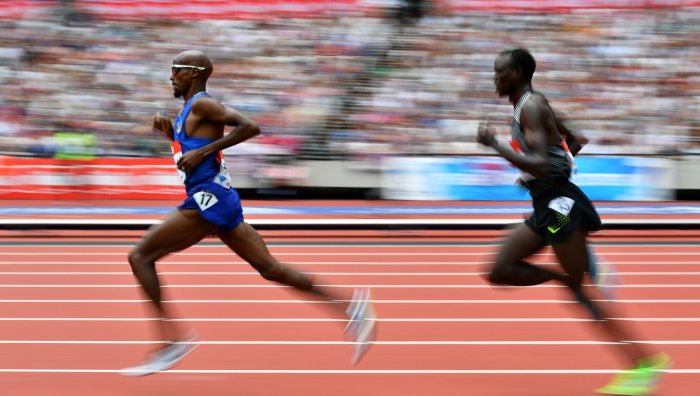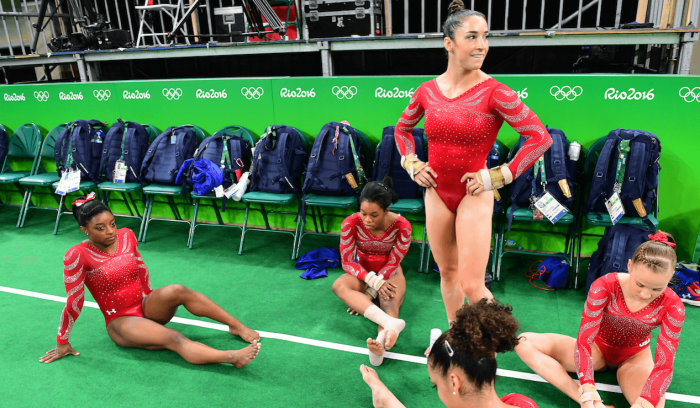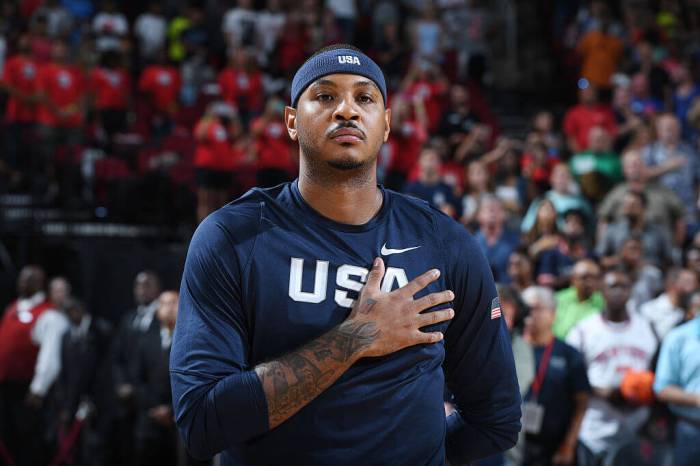You probably assumed that your hide-and-seek playing days ended when you turned 10, but one group of adults wants to make it an Olympic sport. The Nascondino (hide-and-seek in Italian) World Championship takes place every year in Italy and it’s a growing “sport.”The event, which is heading to the ghost town of Consonno, Italy, on Sept. 3 and 4, features teamsfrom around the world. The teams are divided into four groups, with one person from each team hiding, while searchers count to 60 before trying to find the individual. The hidden player has 10 minutes to leave their hiding spot and reach a soft mattress placed in the center of a field without being found or exceeding the time limit. Championship organizer Giorgio Moratti explains why hide-and-seek is on the up. Why did you create the Hide-and-Seek World Championship?
The idea was born in 2010 in Bergamo, Italy. The Nascondino (Hide-and-Seek) World Championship invites people to come out and play hide-and-seek and also invites people to be themselves and stop hiding. It also gives adults the chance to wind back the clock and make the most of their inner child, even if it is only for a weekend. Watching adults having so much fun is really satisfying. It’s much more entertaining than Pokemon Go. Isn’t hide-and-seek just a game for children rather than a competitive sport?
It’s not just a game, it’s the World Championship for the world’s most popular game. We give hide-and-seek its own weekend and celebrate it.
Hide-and-seek has been around much longer than sports like football and basketball. Hiding is a part of every human being and forms a necessity to survive.
What are the basic rules of the championship?
For two days, hide-and-seek becomes a sport with its own rules, teams, referees, game coordinators and commentators. There are up to 64 teams participating, but registration is still open. We invite Metro readers to get together a five person team, register it on our website, and come to Italy on Sept. 3 and 4. Teams are divided into four groups, with one person per group hiding while a “search team” counts to 60 seconds. The hidden player then has 10 minutes to come out of their hiding place and reach a soft mattress placed in the middle of a field before being spotted by a member of the searchers. If they fail to reach their target within the time limit, players are not awarded any points. The five best teams from each round make up the 20 finalists, which will compete on Sunday for the first price: The Golden Fig Leaf 2016, the emblem of hiding. Is it held in the same location every year?
No, we often change it; it depends on what’s available. We always choose the best field available.
What does the ideal field for hide-and-seek look like?
It is an open air, green place with a lot of natural hiding places and enough space to add some artificial options. It’s better if it is as long as it is wide. It should also be an appropriate space to organize other elements of the competition, such as a camping area and hospitality (food and drink). This year we have been invited to organize it in Consonno, a ghost town in the north of Italy. It is well known for abandoned buildings, but it also has a lot of really beautiful hidden parts: all-green with an amazing landscape. With this year’s championship we want to show the other side of this place. What are the most important skills a competitor needs to win the championship?
You have to be fast, small and strong, so that you can face and beat the searchers. Patience, teamwork and strategy are other important things you need to have to be a good player.
Do you think it could become an Olympic sport in the future?
Why not? We invite skeptical people to come and see how it is played and how it can be competitive. If hide-and-seek becomes an Olympic event, it will be an important day in the history of the sport. It would be an example of how children can teach something to adults: the game requires athletic skills, intelligence and strategy. In this sport all countries have the same cultural tradition — women and men are equal. We are sure that this day will come. We are looking for international supporters that are willing to work on it with us. -Dmitry Belyaev























